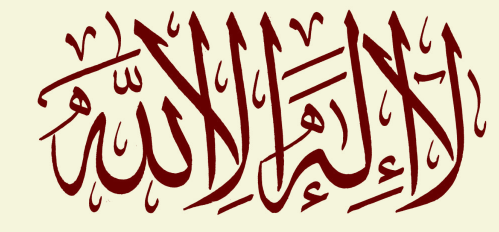Reason and Belief in an Age of Empirical Science
It is somewhat puzzling that while the vast majority of the world (around 80 percent) believes in some form of supernatural transcendence, the dominant view in many scientific and philosophical circles is that those who affirm God’s existence bear the burden of proof. Meanwhile, atheists, who deny God’s existence, need not prove God’s nonexistence, because theirs is the default position; belief in God is the extraordinary claim.
This assumption gets reinforced by the widespread notion that atheists and agnostics are the “normal” people, but this idea is contradicted by the beliefs of most human beings worldwide. The paradox begs the question: Shouldn’t the burden of proof rightly rest on those who deny God’s existence? Nonetheless, the rise of scientism, agnosticism, and atheism in recent times warrants rational debates about the existence of God or ultimate reality.
New Atheist writers such as Richard Dawkins, Daniel Dennett, Lawrence Krauss, Leonard Mlodinow, and others frequently invoke the authority of science (often equating it with reason) and point out that our best scientific theories make no reference to God; thus, naturalism—the belief that reality consists only of the physical world and that science is the best way to understand it—must be true. These writers assume that empirical and experimental science is the only genuine form of knowledge—a highly controversial metaphysical presupposition not shared by all scientists or based on any “evidence.”
With this assumption, they respond to traditional arguments for God’s existence with a wide range of counterarguments. For example, they contend that if God is the cause of everything, then God Himself must have a cause, which leads to the problem of infinite…
